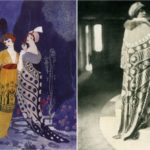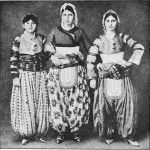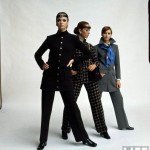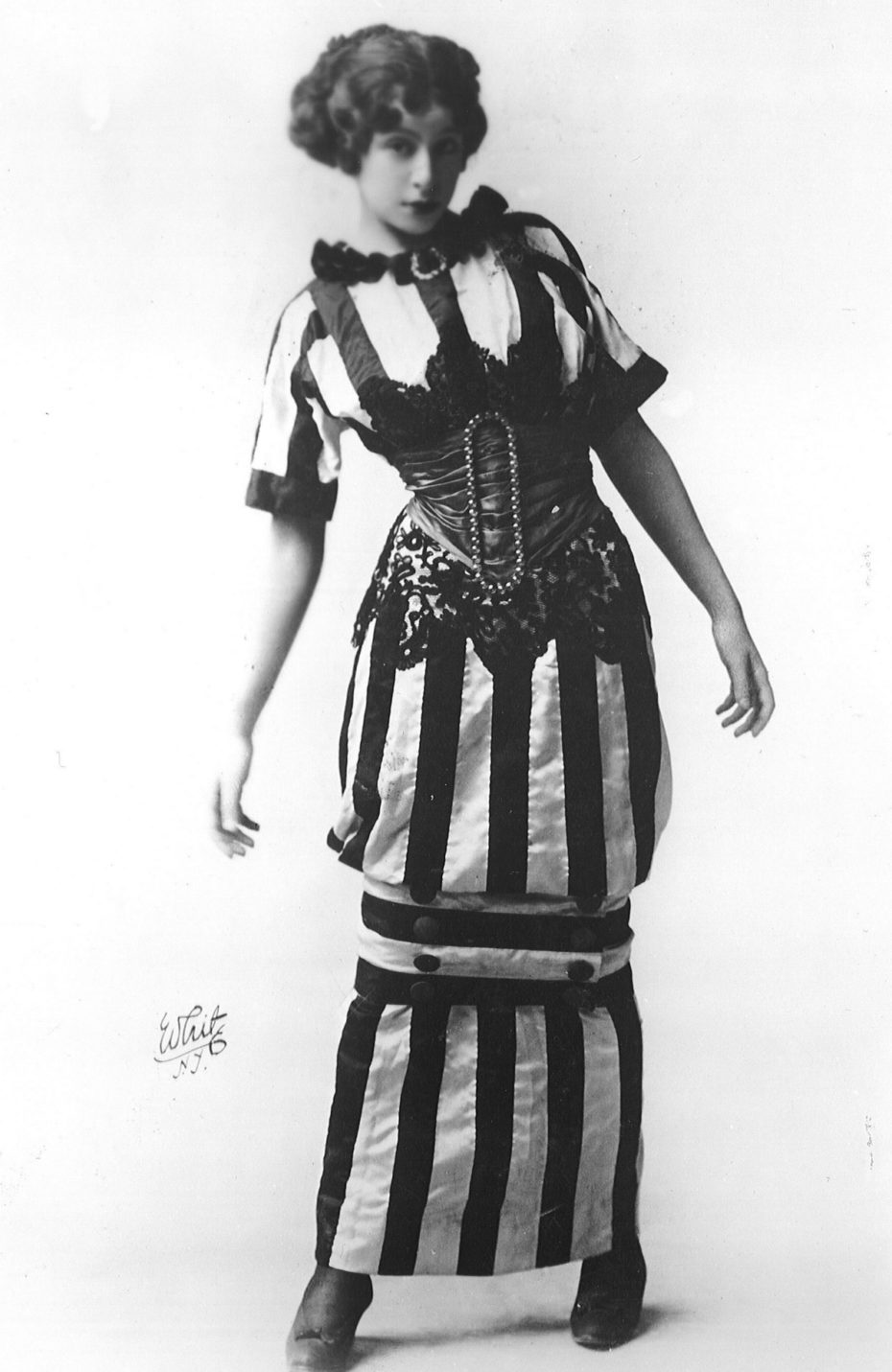
Fashion has always had the uncanny ability to mimic the drama of life, there’s no doubt social norms, political shifts and cultural changes are reflected in what we wear. Die-hard fashionistas, sociologists and anthropologists alike tell us clothes are our social armour, they mirror how we choose to interact with the world. Having said that, just be grateful you didn’t have to interact with the world while sporting a suffocating corset, a massive crinoline skirts, the absurdly voluminous gigot sleeves that prevented Victorian women from lifting their arms or the ridiculously restrictive stiff collar of the Elizabethan era. Arguably very few of these outrageous trends, however, can hold a candle to the curiously controversial and wacky, and to say the least, illogical hobble skirt.
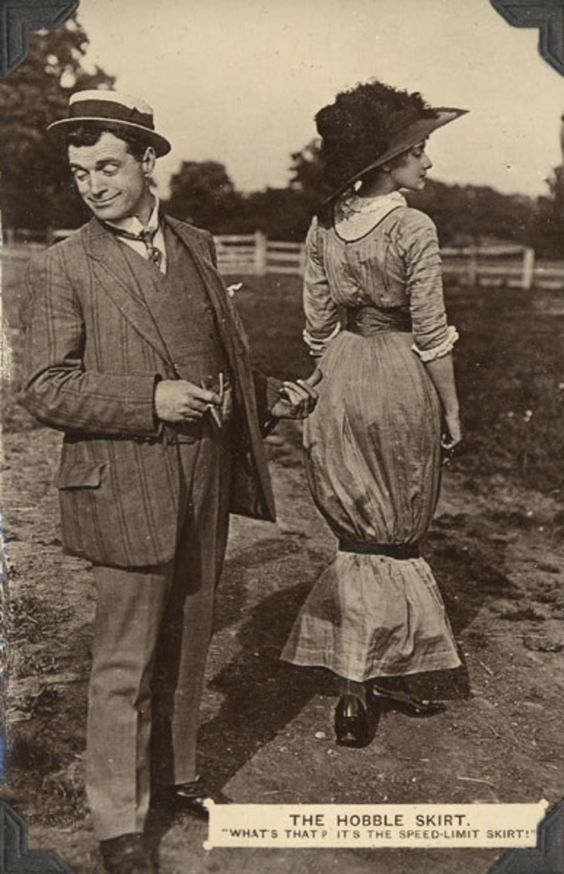
Popular during the later half of the Edwardian era, the Hobble skirt consisted of a long skirt with a narrow hem, often tying the knees together with added ruffles poking out at the bottom. It made walking so incredibly difficult for women that they looked as if they might suffer from a physical impediment. The garment was so called ‘Hobble’ for this reason.
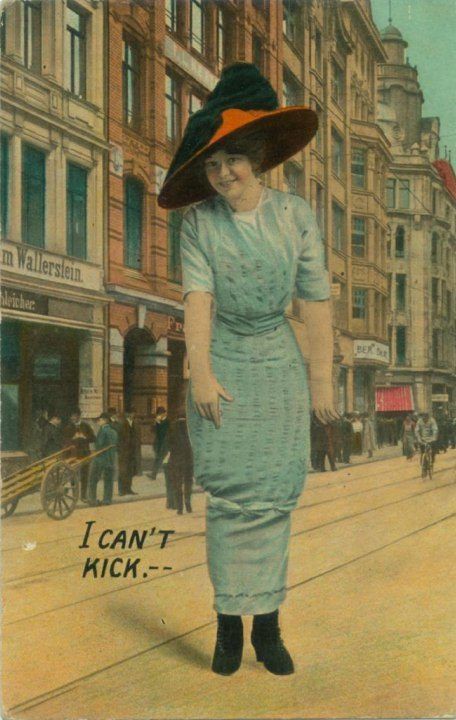
It begs the question: at a time when the suffragettes were starting to fight for their rights and freedoms, why would women have willingly adopted a trend that essentially physically restrained themselves from moving around freely in their own clothes? What would’ve prompted such a seemingly masochistic fashion chapter?
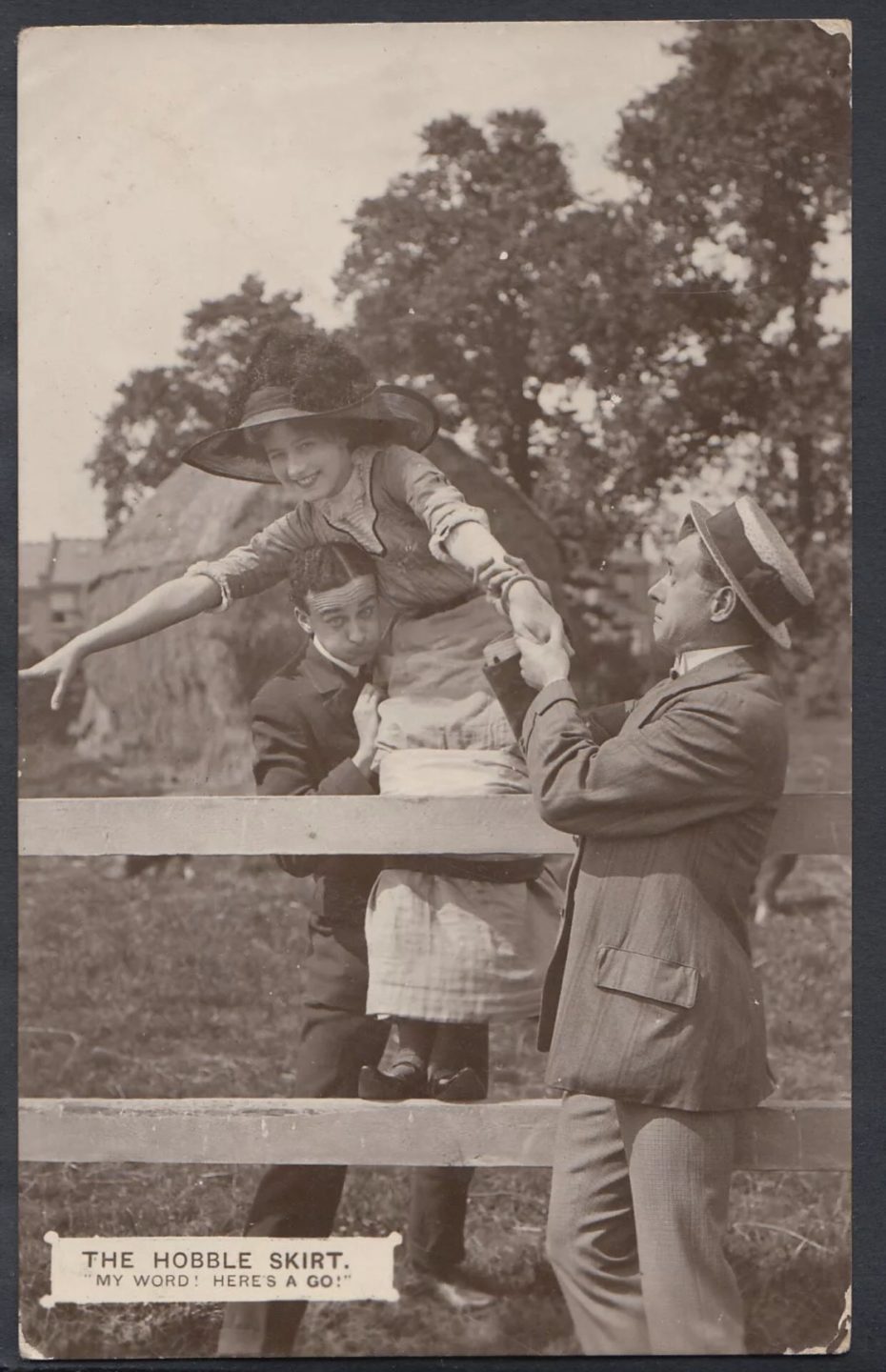
It seems even the media couldn’t resist mocking this wildly impractical and, quite frankly, dangerous trend. Satire was rampant. On June 12th, 1910 a newspaper headline read, “The Hobble is the Latest Freak in Women’s Fashions; Skirts Are So Tight Around the Ankle That Locomotion Is Seriously Impeded and Speed Is Impossible“. The hobble skirt was indeed so restrictive that its wearer could only walk in awkward pigeon steps.
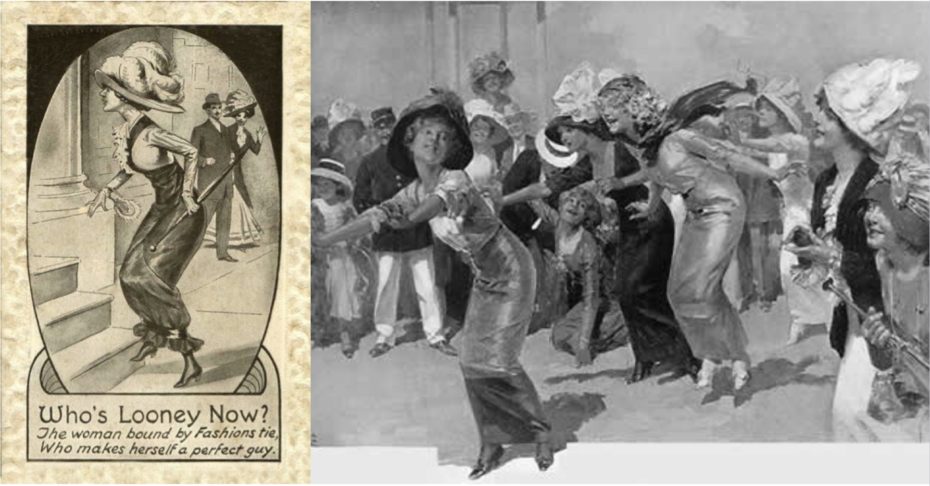
As with all things trendy throughout the ages, there’s always at least a teaspoon of narcissism in the fashion cocktail for every tablespoon of practicality and functionality. And so it was for the hobble skirt. The pompous early Edwardian era saw a good dose of formal and opulent fashion including oversized brimmed hats, gloves and umbrellas. Women sported the infamous S-curved corsets that pushed their busts forward and their hips back. Their floor-sweeping bell-shaped skirts draped over copious layers of petticoats, creating so much volume that they were always somewhat removed from the next person. That was before French designer Paul Poiret stepped into the picture in 1908 and put a new spin, or rather, a speed limit, on free movement.
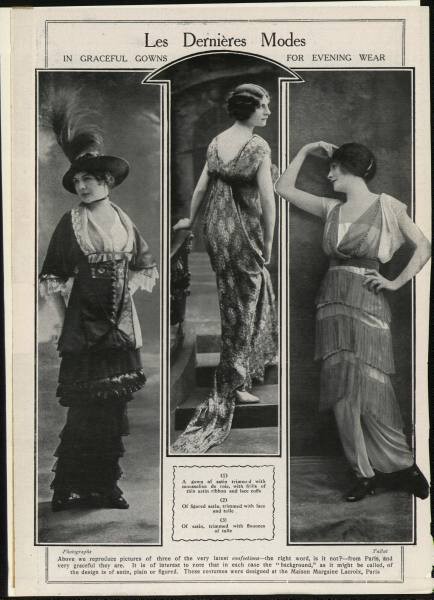
A blasé Paul Poiret took credit for restricting the mobility of the fashionable female population of the time. He boasted that he had “freed the bust (but) shackled the legs.” (To his credit Poiret did indeed create corset-free dresses which enabled women to play tennis, ride a horse with ease and cycle in the 1920s). There’s a theory that Poiret was inspired to create the skirt by none other than the famous aviation pioneer Wilbur Wright, after he took actress Edith Berg, for a joyride in his plane in 1908.
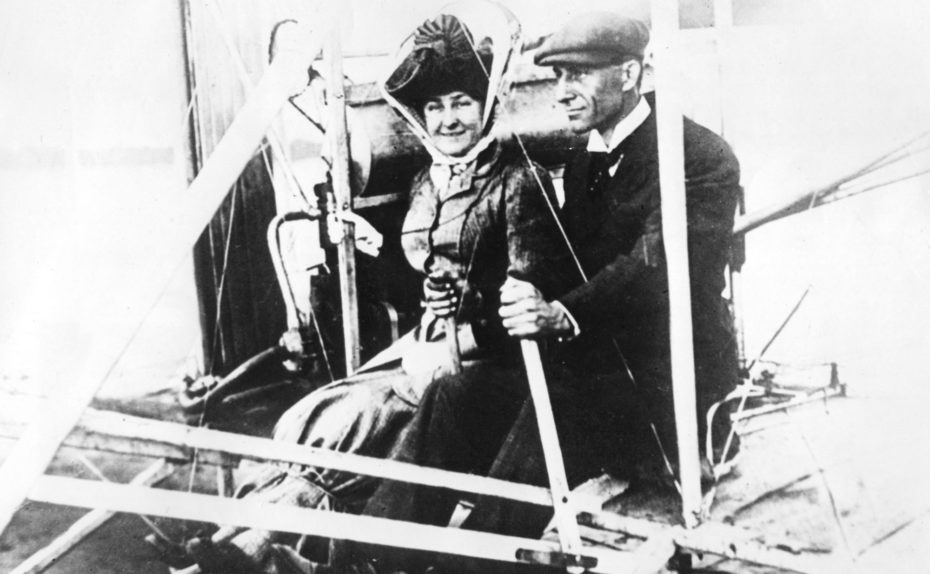
To prevent her large skirt from ballooning over her head in the wind or getting caught in the machinery of the engines, Wilbur tied a rope around the skirt at her ankles. When an elated Edith disembarked the plane, members of the press were waiting to declare her as the first female passenger on a plane. Fashion designers like Paul Poiret may have pounced on this sensational event and coined it as the next fashion trend.
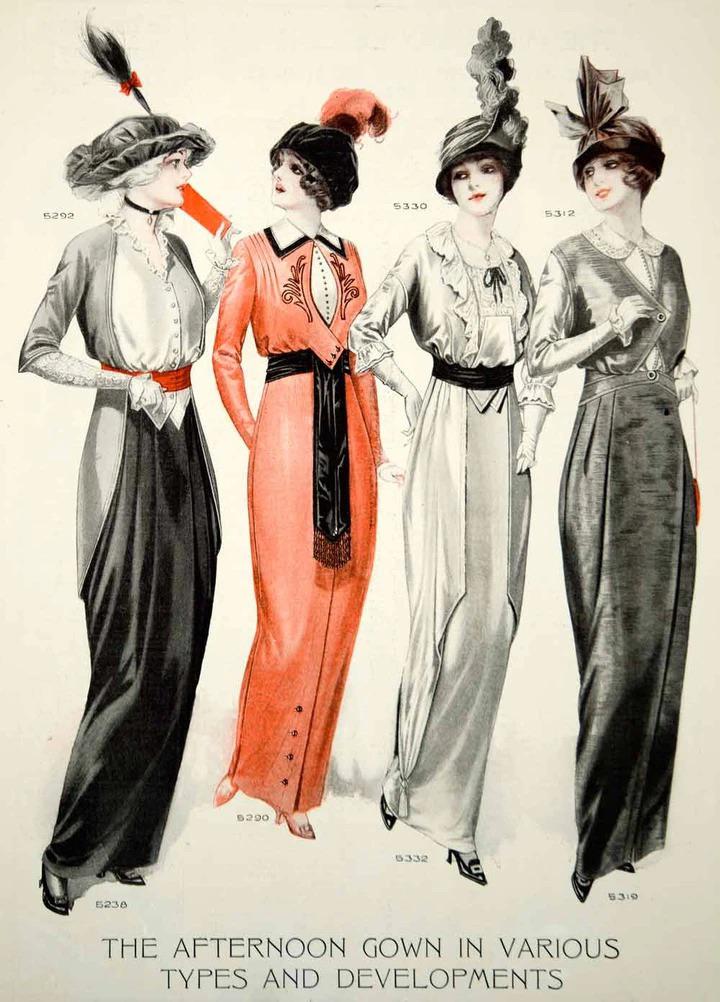
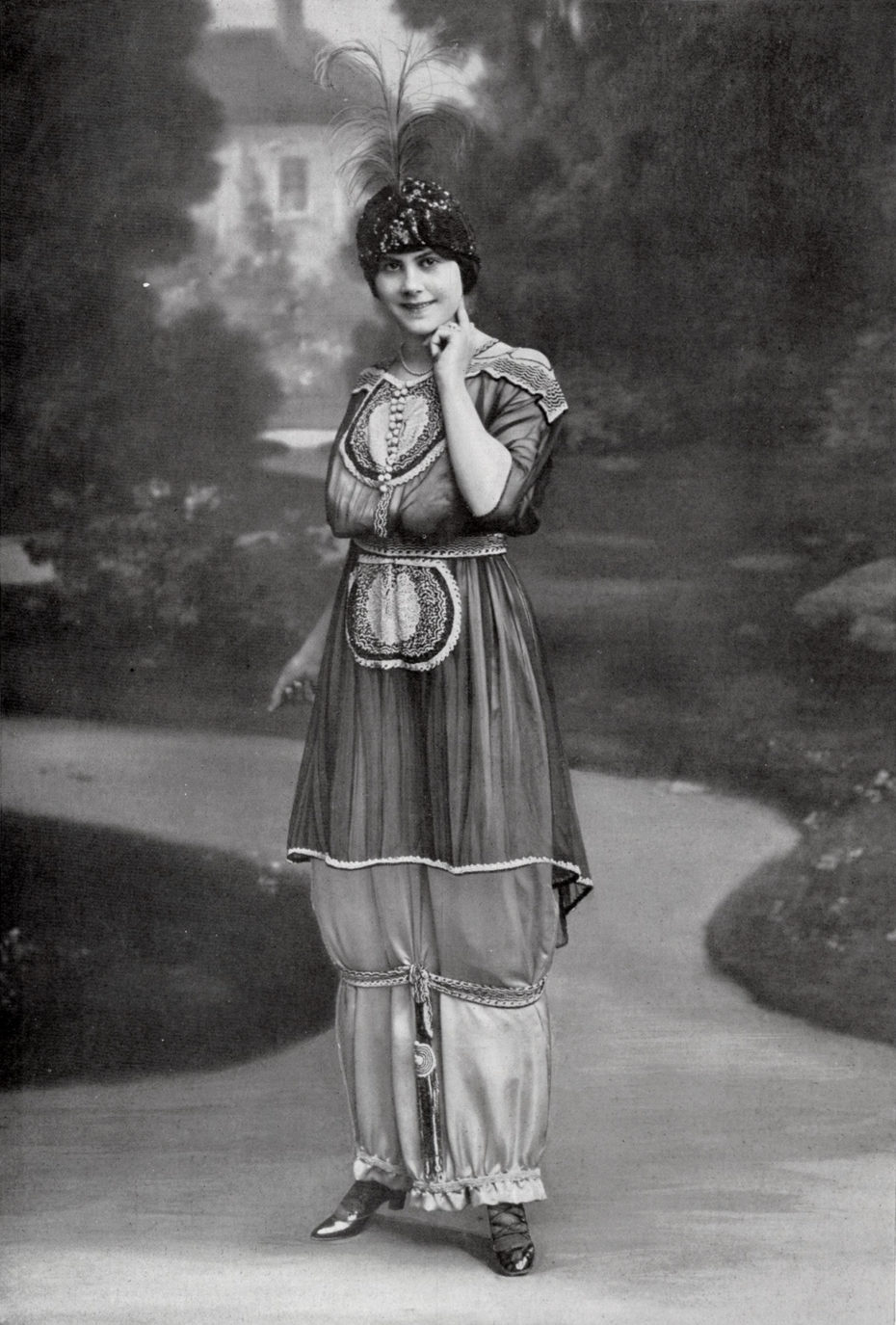

Yet there may be yet another significant factor worth considering in the saga of the hobble skirt: its wearer. The role of the 1908 fashionista should never be underplayed in this drama; her world with its changing cultural norms will have played a significant role. During the Edwardian era, women’s fashions changed at an exciting and alarming rate: skirt hems migrated upwards, corsets were rapidly losing their appeal, hats shrank and became optional and hairstyles started changing. All of a sudden, what was considered modest was no more, the emancipated woman started to bend the rules and confidently experiment with fashion. Undoubtedly, women at the time would have realised that the hobble skirt was restrictive, but it was also the polar opposite of its predecessor, the piously prim-and-proper, voluminous and equally impractical bell-shaped skirt with its suffocating petticoats.
Perhaps the time was simply ripe (as it often and inexplicably is at crucial fashion crossroads) and at the start of the 20th century, women developed a perceptual set for long, fluid and slender lines. Designers like Paul Poiret may just have acted upon the zeitgeist.
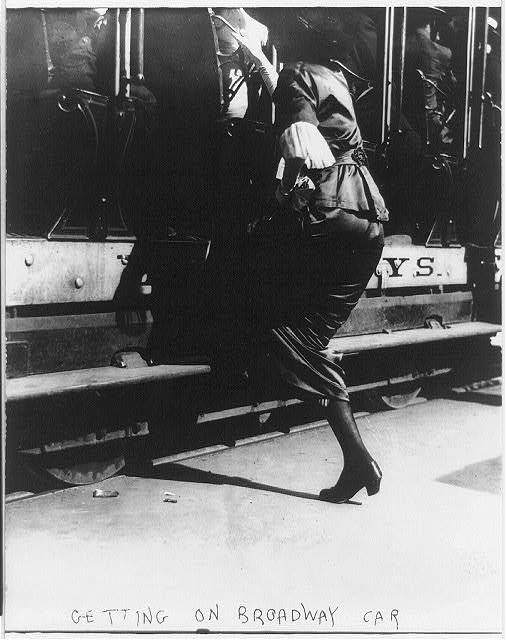
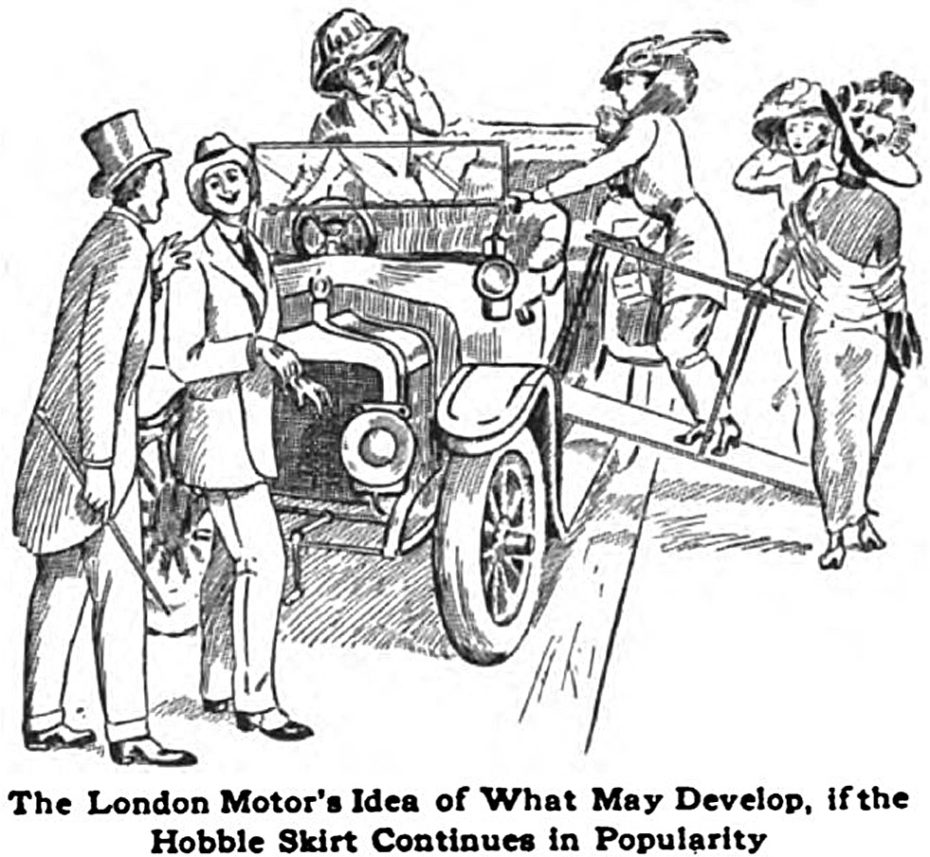
Now that women were hobbling along to their social engagements, automobiles of the day even introduced a six inch step to facilitate boarding for women wearing the hobble skirt. But perhaps the most unexpected but significant influence the hobble skirt trend had on the world was when Coca Cola first patented its iconic glass bottles in 1915. While they’re a rare sighting today, having been replaced by soda cans, the bottles were called ‘Hobbleskirt’ pretty soon after their creation, and to this day, the Coca Cola company acknowledges that its bottle was modelled after the hobble skirt, or at least the female silhouette that was most popular at that time.
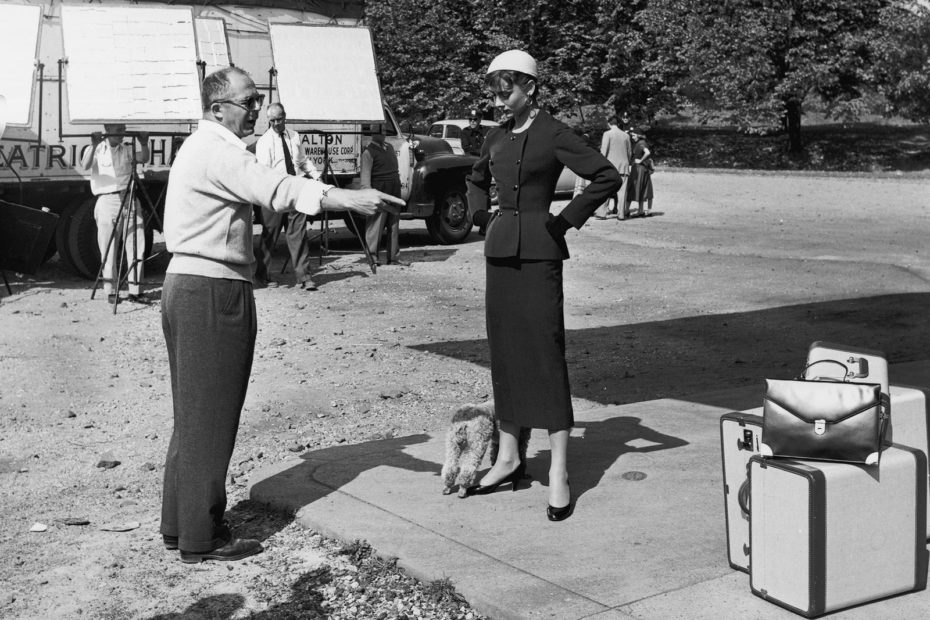
The hobble skirt hobbled to its grave as World War one commenced. This was most certainly not the time for idleness or elitist indulgence when all were being mobilised for the war effort. Fast forward a few decades, and in the 1940s Christian Dior dug it up again, did away with the extra ruffles and created what we now know as the pencil skirt. On a positive note, the restrictive hobble skirt may have released women’s fashion from the oversized, over-padded nose-to-toe hourglass enclosures of the Edwardian upper classes. Thanks to the hobble skirt the fascination with women’s legs was triggered and rising hemlines and loose flapper dresses saw legs freed soon after the war.


